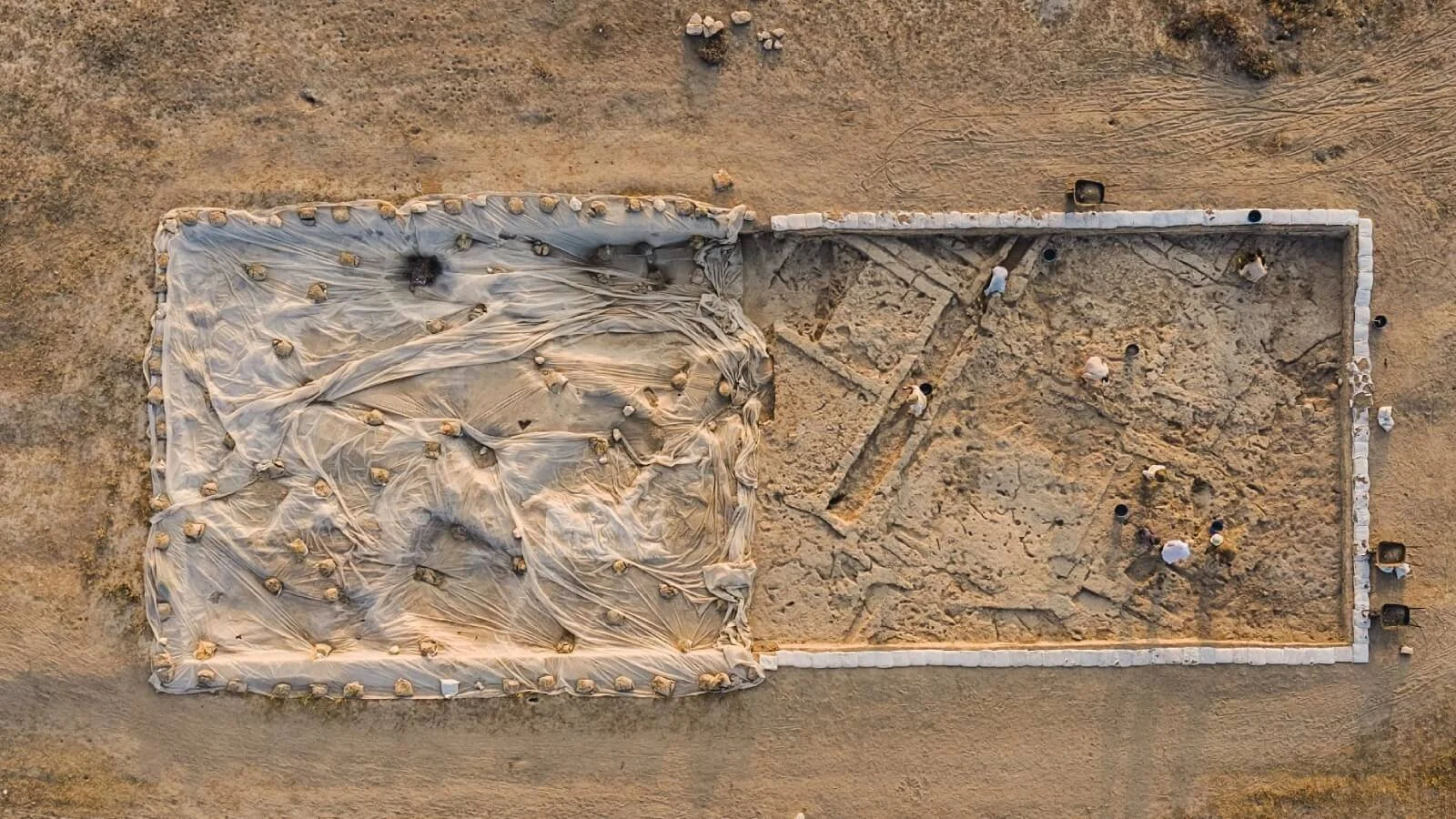Introduction
Obsidian, a naturally occurring volcanic glass, has played a crucial role in human history for thousands of years. Due to its sharp edges and ease of shaping, it was widely used in toolmaking by ancient civilizations across the world. Beyond its practical applications, obsidian also held significant cultural and economic value, making it a key commodity in ancient trade networks.
The Properties of Obsidian
Obsidian is formed when lava cools rapidly, preventing crystallization and resulting in a glass-like texture. This unique composition allows it to be fractured into extremely sharp edges, often sharper than modern surgical steel. These properties made obsidian an ideal material for crafting tools such as knives, arrowheads, and scrapers.
Obsidian Tools in Ancient Societies
Mesoamerica
In Mesoamerica, civilizations like the Aztecs and the Maya extensively used obsidian for weapons, tools, and ritual objects. The sharpness of obsidian blades made them superior to metal alternatives in many cases, and obsidian-tipped weapons, such as the macuahuitl (a wooden club embedded with obsidian shards), were devastating in battle.
The Near East and Mediterranean
In the Near East, early societies utilized obsidian for cutting tools and ceremonial objects. Archaeological evidence shows that obsidian tools were widely traded across Mesopotamia, Anatolia, and the Levant, often sourced from volcanic regions such as Cappadocia in modern-day Turkey.
Prehistoric Europe
In prehistoric Europe, obsidian was used for arrowheads, scrapers, and blades. Due to its rarity in certain regions, it became a highly valued trade item, linking distant communities through exchange networks.
The Role of Obsidian in Trade
Obsidian’s distinctive appearance and traceable geological origins have allowed archaeologists to map ancient trade routes with remarkable accuracy. The widespread distribution of obsidian artifacts suggests that it was a highly sought-after material, facilitating long-distance commerce between early human societies. In some cases, obsidian was even used as a form of currency or status symbol.
The Cultural Significance of Obsidian
Beyond its practical uses, obsidian also held spiritual and symbolic meaning in many cultures. In Mesoamerican societies, it was believed to have protective and mystical properties. Shamans and priests used obsidian mirrors for divination, and finely crafted obsidian objects were often included in burials as grave goods.
Conclusion
Obsidian played a fundamental role in shaping early human civilizations, serving as both a practical tool and a valuable trade commodity. Its remarkable sharpness and versatility made it indispensable for daily life, while its cultural significance further cemented its place in history. The study of obsidian tools continues to provide valuable insights into ancient trade networks, technological advancements, and cultural practices of early societies.







